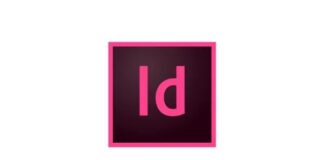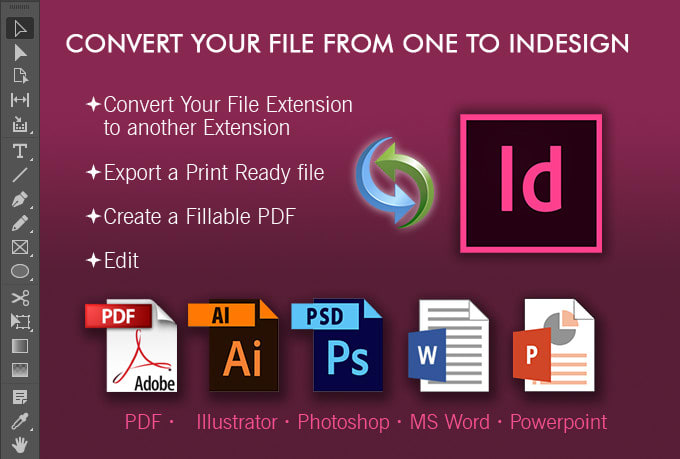

These files should never be edited to alter your logo. Raster files must be exported at specific sizes to fit various applications like your website or Facebook. Raster images will lose resolution and become fuzzy when scaled because they are created with pixels. Vector files are the original source files that can be edited by design applications.

Vector images can be scaled (make larger and smaller) without diminishing the quality because they are created with points, lines, and curves. If your logo was created in Photoshop, this will cause you problems in the future.Ī logo should always be designed in a vector format. Professional designers work in Adobe Illustrator to create your logo, which is a vector-based program. Vector and raster formats are the two ways your logo files can be saved from the application your designer used to make your logo. If you’re looking for a really quick infographic guide, click here. This post covers who needs what logo file formats, where, when, and why. It will be printed or rendered digitally. BUT, there are really only two environments a logo will exist. Knowing which file formats to use is important because your logo will end up existing in all sorts of contexts-from a business card to a website to a t-shirt.

Now that your logo is finalized, your designer should provide you your logo in a variety of formats so that you will be able to use your logo anywhere.īut once you receive your digital files, you may be wondering “What do I do with these files and why are there so many formats?” Each file format is used for a specific purpose. A custom-designed logo for your business is a great step toward building your brand identity.


 0 kommentar(er)
0 kommentar(er)
